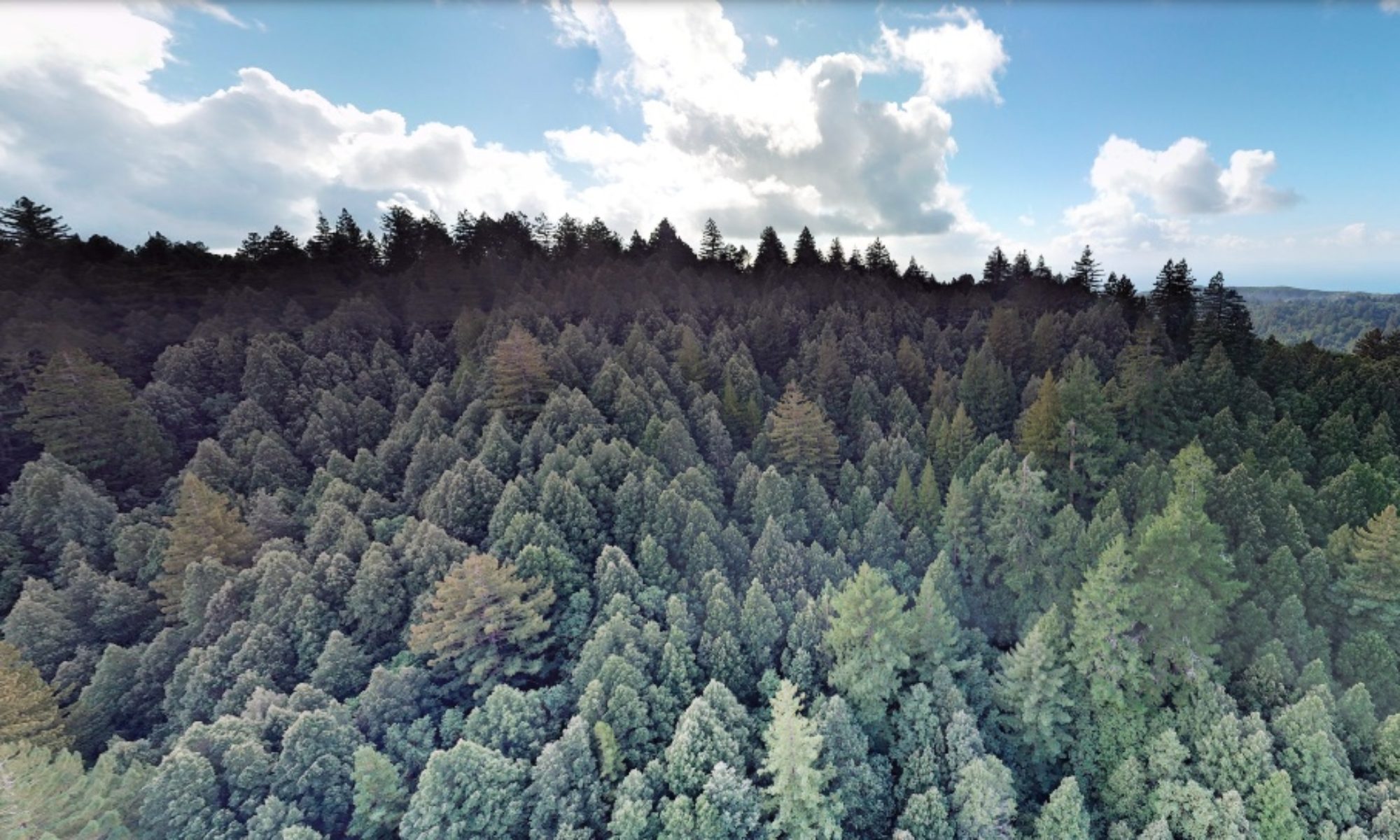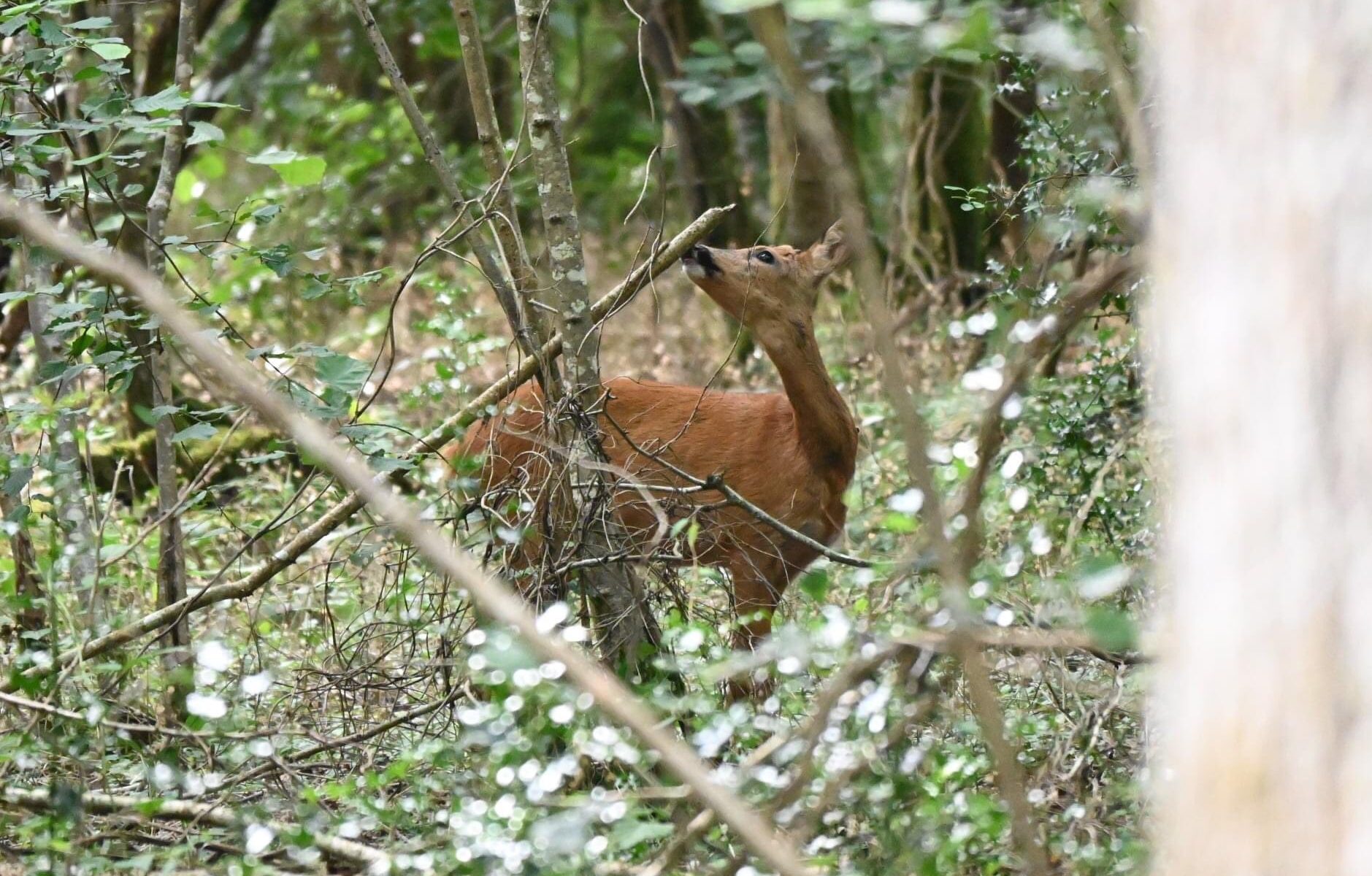All across the country – and the world as a whole, communities are facing struggles to protect the places where they live from some kind of development. That place, that environment, can be a life-giving place for local residents – a habitat. A place that provides sources of drinking water, food, and shelter. In the industrialised world however, where our water is piped into our homes, and food sourced from supermarkets, and our houses built by other people, with an array of materials, the environment represents something that is less to do with direct survival, and more to do with wellbeing. While the ecosystems around us are crucial to all life on earth, for many people, the places under threat represent a sanctuary from the noisy, often polluted, world in which we live. Even if the sounds of traffic or building work can still be heard, a walk through a woodland can be accompanied by birdsong, and occasionally the rustle of deer running for cover. It’s the sound of life, and being able to immerse ourselves into that, to reconnect with the elements of the earth, is something magical.
Wildlife is not as abundant as it once was. But across the world, species are still busying themselves with survival, rearing their young, at the edges and pockets of habitat humans have left them. This is something that we don’t get so much of in urban environments, places that have erased much of the natural world.
Loxwood
A forest in Loxwood, West Sussex, is one of those remaining green spaces under threat. Maybe to many it’s no more special than any other woodland, but that’s just the point. Every woodland is special and hosts life. Every ecosystem is worth saving for both its importance as habitat, and as an ecosystem, and for importance to the people that hold it dear. The local community in Loxwood have been aware for over a year of plans to create a waste disposal site – and a mine for clay. Finally in July 2021, an application was submitted.
As an area visibly rich in clay, the company putting forward the proposal – Loxwood Clay Pits – say that nearby land has historically been the site of small-scale brick-making in the 1800s and early 1900s.
The construction industry and its footprint
What is proposed today, however, may be considered small scale by current industrial standards, but it is still a considerable area – 33 acres in total. 33 acres of habitat. 33 acres of vital green space. 21st century machinery and HGVs are a far cry from the technology available 200 years ago when the site was first said to be used for brick making, and from an environmental perspective, that spells bad news.
Two centuries of rapid industrialisation, globalisation has changed the dynamic considerably. More machinery adds up to much more destruction. The scaling up of the construction industry has been a response to the demand for building across the world, and the destruction of the living world has been largely due to the choices made when it comes to how to build.
This building boom has a huge ecological footprint. 35% percent of endangered species globally find their habitat threatened by urban development – the land to build on. But even more significant is the over-exploitation of materials – a lot of which are used in the construction industry. A staggering 72% of endangered species are at threat from loss of habitat.
Britain relies heavily on imports of natural resources to sustain its lifestyle (which is calculated by Global Footprint as a three planet lifestyle). Mines are generally thousands of miles away, and the energy used to manufacture the materials constitutes a more abstract type of pollution, taking place in factories mostly nowhere near Britain. Timber, bricks, and concrete (made up of sand dredged from across the world) arrive on trucks ready for building, with little connection to the forest or the beach that has been left depleted, or worse, lifeless.
The Loxwood Clay Pit proposal therefore throws three questions into sharp focus – where we source building materials (mining), where we put the buildings (on green space), and where we put the waste materials (in landfill, incinerators, recycling plants etc.). All three impact ecosystems – and the living environment for local people. If ocean floors rich in clownfish, anemones and a host of other life are being dredged to their extinction to mine sand, or forests home to deer and nightingales are being razed for mines, it’s time to rethink how we build.
How we build

“Hut (explored)” by Navaneeth K N is licensed under CC BY 2.0
Humans have been building their own homes for centuries – and still do in many parts of the world. But over time, in the developed world, that practice has been lost. Housing materials have also changed. 20th and 21st century building is more elaborate, more energy intensive – and hugely reliant on concrete (made up of sand) and clay. Concrete, and much of the synthetic building material now used, does not melt back into the earth as traditional dwellings would have. Part of the plan for Loxwood, is for a waste disposal and recycling plant. If we started building more sustainably, with materials that biodegrade, such a site might not even be needed.
The people of Loxwood now continue their campaign to save their woodland, and wait apprehensively to see the report from planning department. If the application is granted, the roe deer, owls and so many other plants, animals and insects, will lose their woodland habitat. Local people will face a loss of a precious space they use to walk and relax. With multiple new housing projects in progress around Loxwood (as in almost every part of the UK), public space to enjoy nature is more valuable than ever. Let’s hope that this place can be saved, but even if it is, how long will it be before another site is identified – and another ecosystem is under threat? Unless there are changes to the way we build, and use space, there is little hope that Loxwood will be the last place under threat.
After 40 years of rapid globalisation, we are seeing the dire consequences for nature. It’s no great surprise that the extractive model of mining, manufacturing and disposing of things (combined with chemical poisoning) has been catastrophic for the living planet. Wildlife populations have plummeted – they are a third of what they were in 1970 – and the trend looks set to continue unless the ecological emergency is addressed. With just 3% of wild spaces remaining intact, it’s crucial that what remains is protected, and restored.
You can object here: https://www.stoptheclaypit.org/ – deadline, 30th August, 2021.

